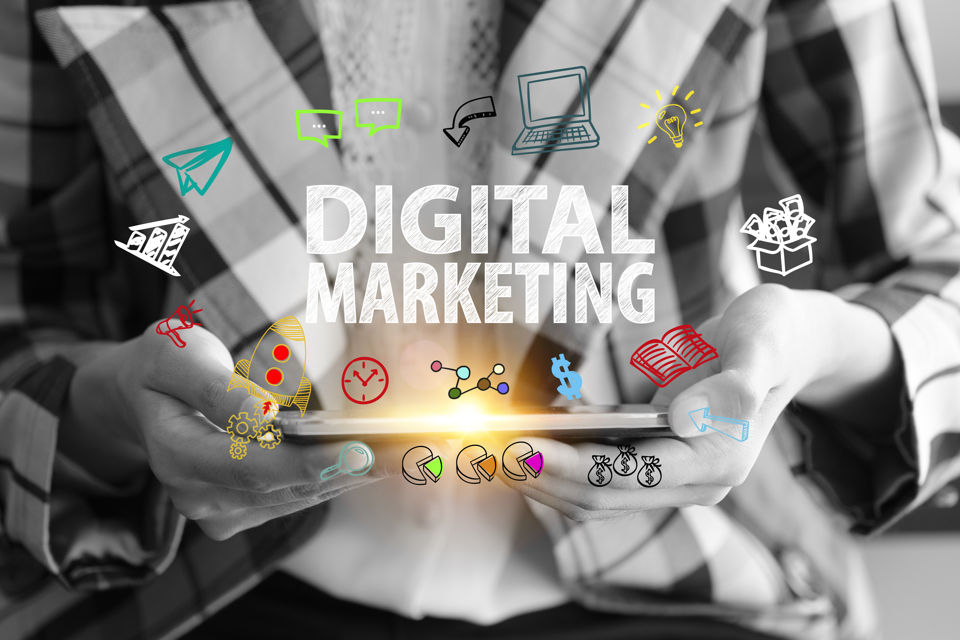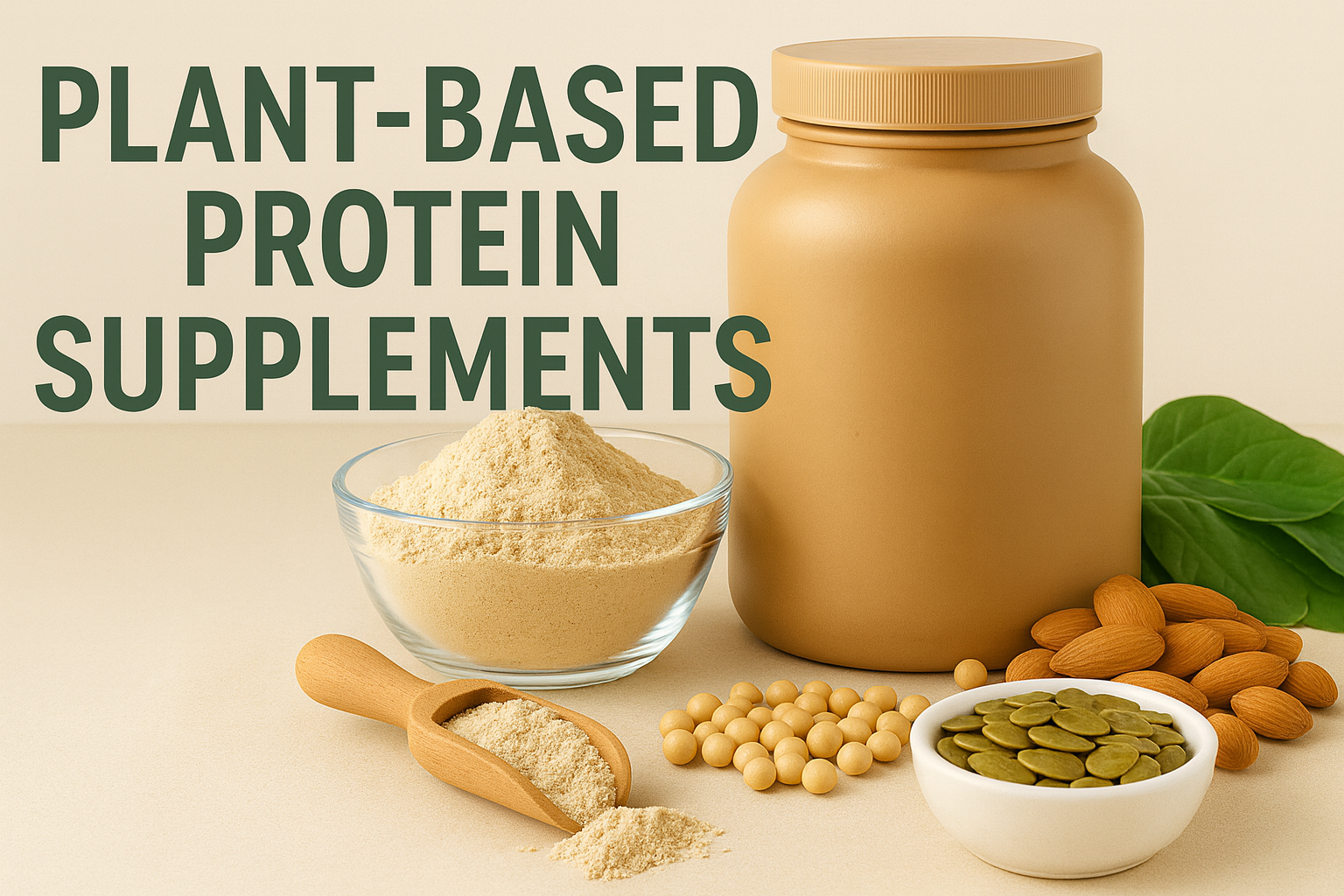Digital marketing software helps us promote products and services online. These tools perform email marketing, publishing, and campaign analytics, among others. They also help us reduce manual work by connecting with CRM, as it makes marketing and sales data work together. This integration makes it easier to track performance and measure outcomes precisely.
The digital marketing software industry has never stood still. The global market is expected to grow at a significant CAGR of around 18% from 2025 to 2033. The speed at which software is evolving is reshaping how businesses approach growth. Campaigns that once needed teams of analysts and designers can now be launched in a fraction of the time with the help of smarter tools and platforms that know our audience better than we do.
This is both an opportunity and a challenge. With hundreds of platforms claiming to be the “all-in-one solution,” how to identify which software is worth our time and money? That is where clarity matters. Let’s break down the digital marketing software space in 2026 — the tools that punch above their weight, what makes them the best, and what one should look for before signing up.
What to Look For
Where are you losing the most time or money? For some, it is campaign measurement, as they do not know which channels are working. For others, it is content production as they can not create enough, fast enough. And for many SMEs, it is lead management. Pinpointing this makes your choice much clearer.
A startup does not need an enterprise-level attribution platform. A mid-sized company scaling across markets does. The best software is the one that fits the current stage. Free tools like Canva, Mailchimp, or HubSpot CRM may be enough at the start, while AI-driven platforms like Pixis or MarketMuse make sense when ready to scale.
In 2026, data silos are still crucial. If your email tool does not ‘talk’ to your CRM, or your analytics does not connect with ad accounts, you will spend hours exporting and importing data. So, choose software that integrates with your stack. Most platforms now offer trials, free tiers, or pilot runs. Use them properly. Run a campaign, onboard a small team, and see how it fits into your real workflow.
AI is Driving the New Wave
If there is one theme running through every “best” digital marketing tool today, it is artificial intelligence. Using AI to solve real business problems by optimizing ad spend, predicting customer behavior, or removing bottlenecks in content production has become crucial. Wrike, for example, has become a favorite for marketing teams because it does not just manage projects. It is an AI-powered software that automates workflows, reallocates resources, and flags bottlenecks before deadlines slip.
Software such as Adverity is making data headaches easier to handle, bringing scattered campaign numbers together and highlighting patterns that humans might miss. Pixis, on the other hand, is changing the paid ads game by using AI to shift budgets in real time, ensuring money goes where returns are highest.
On the content side, BuzzSumo and MarketMuse are helping brands figure out what is trending and where their content gaps are. Instead of throwing random blogs or posts into the void, marketers can create with direction and purpose. These tools stand out because they actively change outcomes.
Free Does Not Mean Weak
Budgets are tight for many businesses, especially SMEs. The good thing is that some of the most effective features of these marketing tools are still free in 2026. For example, Canva continues to democratize design. Even without a paid plan, brands can build eye-catching posts, ads, and pitch decks. Google Analytics is another example that remains the gold standard for web insights; free yet powerful enough to shape marketing strategies.
Similarly, Hotjar, in its free version, still gives you heatmaps and recordings to understand what your visitors are doing. HubSpot CRM gives businesses a free gateway into inbound marketing, making sure leads do not slip through the cracks. For startups or smaller firms, these tools are proof that you do not need big budgets to run smart campaigns. What matters is picking the right mix and using it with intent.
Final Thoughts
One of the biggest mistakes businesses make when picking the best digital marketing software is chasing trends without thinking about their own needs. A flashy demo, a buzzword-packed pitch, or the fear of missing out can quickly lead to tool fatigue and wasted budgets. In 2026, with AI-powered platforms multiplying every quarter, decision-making has to be sharper.
















